Last week, while checking some of his trail cameras near Canmore’s Gap Lake, conservationist and wildlife photographer John E. Marriott came upon a cougar kill.
Marriott thought it was his lucky day: a big horned sheep carcass meant the elusive cats were likely nearby, and paw prints surrounding the dead animal confirmed this wasn’t just one cougar, but a family.
“I was super excited, I thought ‘I might have a chance [to photograph the cougars],’” Marriott told the Real Talk Ryan Jespersen show on February 13.
But then he noticed he wasn’t the only one interested in the kill site. Marriott saw three trucks, one of which belonged to a guided hunting outfit.
“It was cougar hunters,” he told Jespersen. “With a cougar hound box in the back of one.”
The next day, Marriott went back to the area on Grotto Mountain to follow the tracks. Eventually, he came upon his worst fears: spattered blood from the mother cougar, and kitten tracks leading away from the site. He could see where the hunters loaded their sled and dragged their trophy back down the hill. He felt sick.
“There was a tremendous feeling of sorrow. This was a cougar I tracked for four winters.”
Even more shocking was finding not one, but two sets of kitten tracks.
“That was just extraordinarily demoralizing. It’s just really unsettling to know that unfortunately this is legal in Alberta right now.”
The Grotto Mountain zone is within the Canmore cougar management area. Meanwhile, the Alberta chapter of the U.S.-based Wild Sheep Foundation offers guiding outfits up to $7,000 to eradicate female cougars, ostensibly so there are more sheep to hunt.
A big part of Marriott’s objection to cougar harvesting is the way the animals are killed. Big cat hunters use specially-trained, GPS-collared hounds to track their prey.
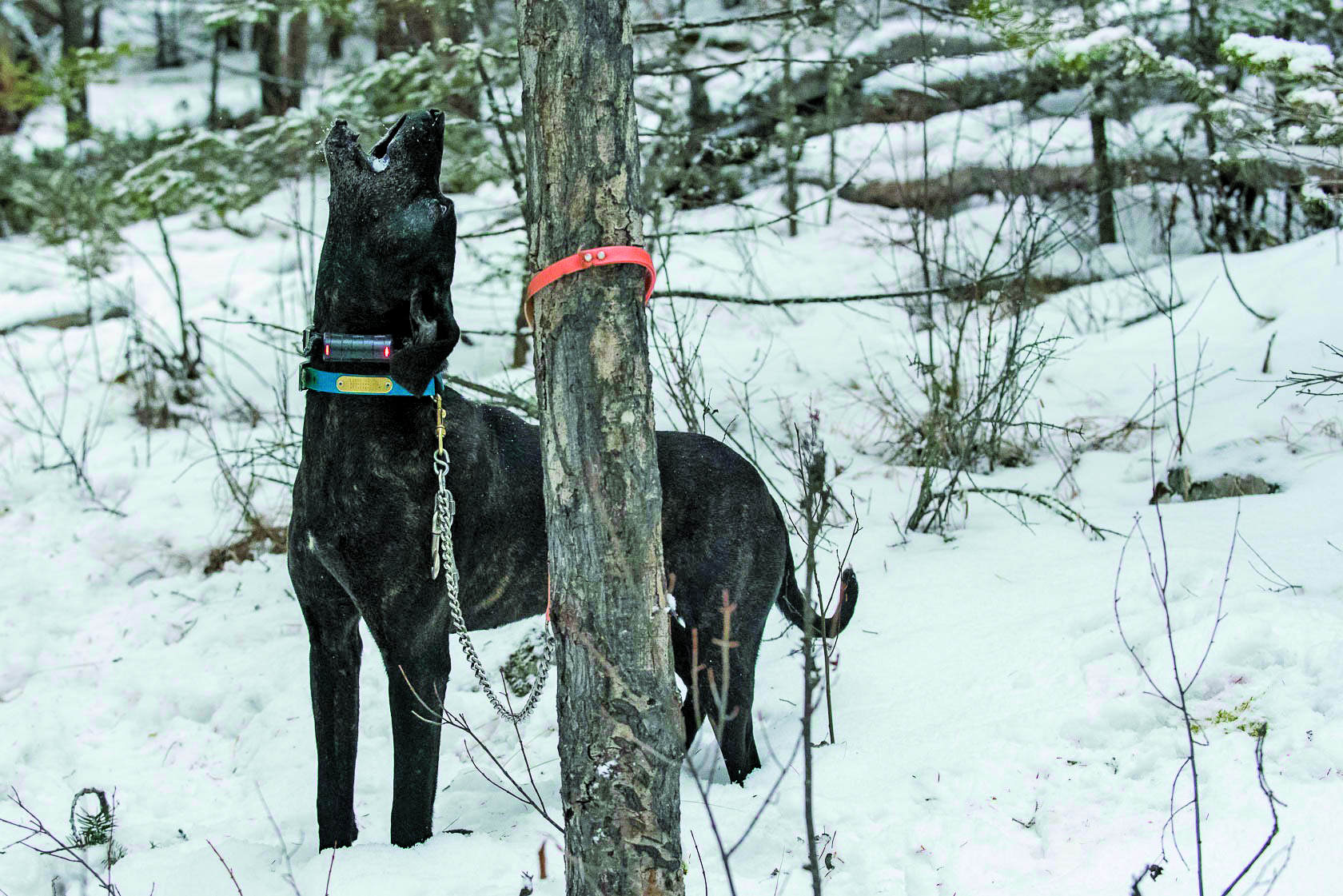
When the dogs lock onto a cougar, they chase them to exhaustion, until the cat finally climbs a tree. At that point the hunter can locate the hounds using his GPS device, walk to where the signal is transmitting from, and blast their “trophy” out of the tree.
“It’s reprehensible and completely unsporting,” Marriott told the Jasper Local in 2021.
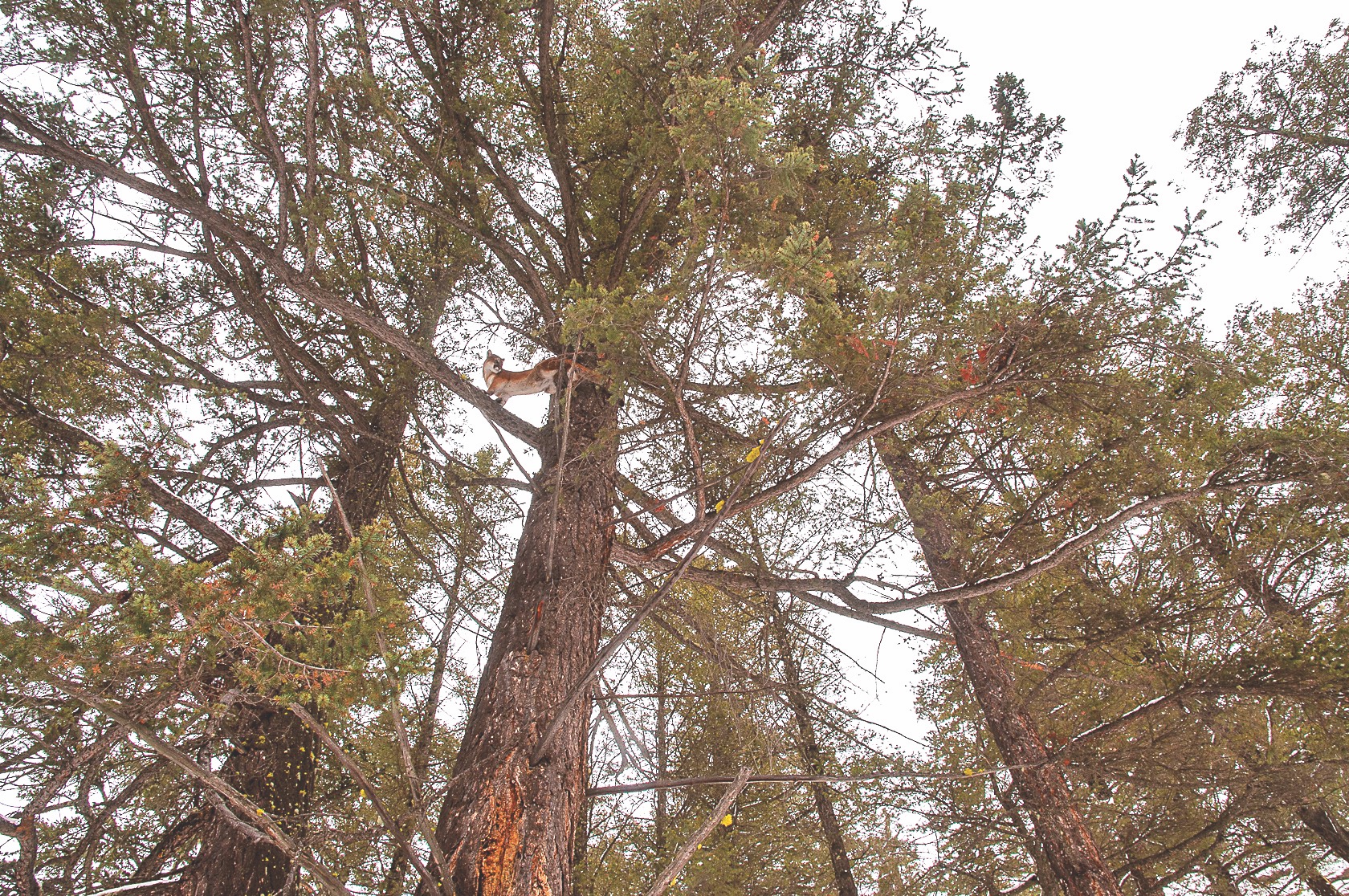
Last year, with four days to go in the cougar hunting season, Todd Loewen, Alberta Minister of Forestry and Parks and (until recently) the owner of an outfitting company, increased the provincial cougar hunting quota. The increase—from 96 to 136—was entirely for female cats.
More recently, on December 1, 2024, Loewen used a Ministerial Order to essentially maintain this quota (it’s now 133) for the 2024/25 season. That same order dramatically increased the area where cougars could be hunted, even including two provincial parks, Castle and Cypress Hills.
This all begs the question: Why?
Notwithstanding the radio silence The Jasper Local has received from Loewen’s office, the minister has stated in interviews that his goal is to reduce cougar numbers in Alberta.
“We feel that 1,500 is a good viable cougar population,” he told CBC Radio . But that’s not what his government’s own management plan says.
Conservationists paying attention to Alberta’s war on cougars know that the the province has a cougar management plan, and a fairly good one at that. The plan was first created in 2012, and two updates, in 2019 and 2022, upheld the plan’s principles to A) maintain at least 1,500 cougars in the population and B) to ensure that human-caused mortality be less than 20 percent of that population.
Sex-specific quotas were established for each of the province’s 32 Cougar Management Areas (CMAs) and CMAs within provincial parks were off limits to hunters.
The original plan also called for adaptive management, meaning that each CMA will be reviewed every three years, to be adjusted if the human-caused mortality rates were not in line with the plan’s objectives.
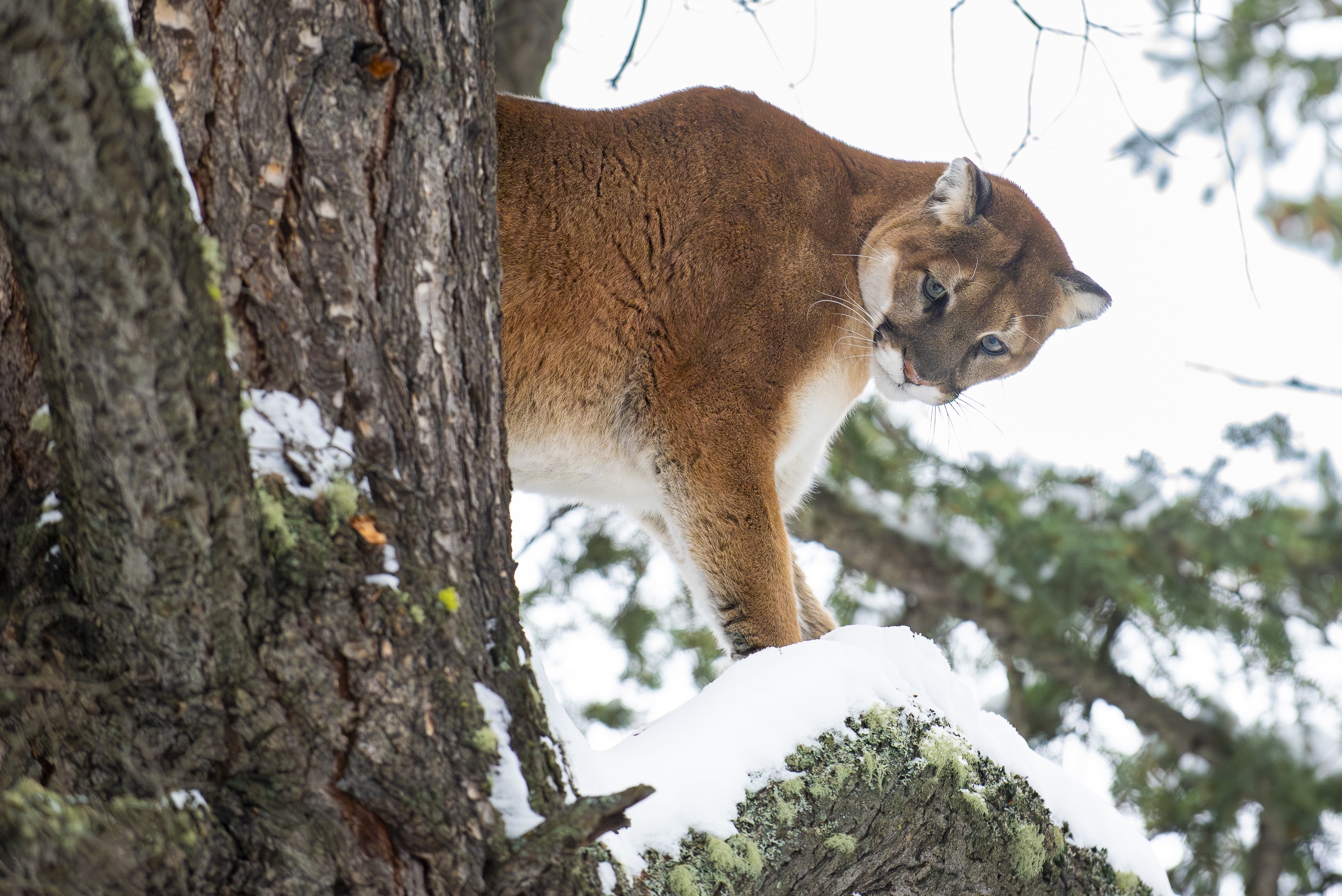
The problem is that harvest goals rely entirely on having good population estimates. And similar to those for wolverines—Alberta’s population estimates for cougars are far from good. This is almost unavoidable: cougars are extremely shy, live in dense forests and are difficult and expensive to count.
What the province has done to get those estimates is to simply take density (cougars per square-kilometre, mostly measured elsewhere), and multiplied it by the area (kms-sq) of Alberta cougar habitat.
This simplistic formula resulted in an estimate of 2,051 cats in 2012. In 2019, the habitat number was adjusted, equating to a more-realistic number of 1,559, but either way, the cougar count was arrived at without actually counting any cougars!
Now the minister is claiming that Alberta has more than 2,000 cougars, but without providing any evidence or rationale for the increase. In his CBC interview, he incorrectly claimed that the 2,000+ figure was from the management plan, despite the 2019 update spelling out clearly that the number was 1,559.
If we don’t have annual cougar numbers, we can’t say if the population is going up or down, and we certainly can’t draw conclusions on the sustainability of harvest numbers—particularly while a hunting season is ongoing. Minister Loewen must have known the futility of trying to convince his biologists of that bad logic, because on March 28, 2024 he signed a decree that allowed changes to the quotas at any time (not just after careful consideration between seasons), giving him the authority to jack up the quota increase by 40 female cougars less than a week before the season ended.
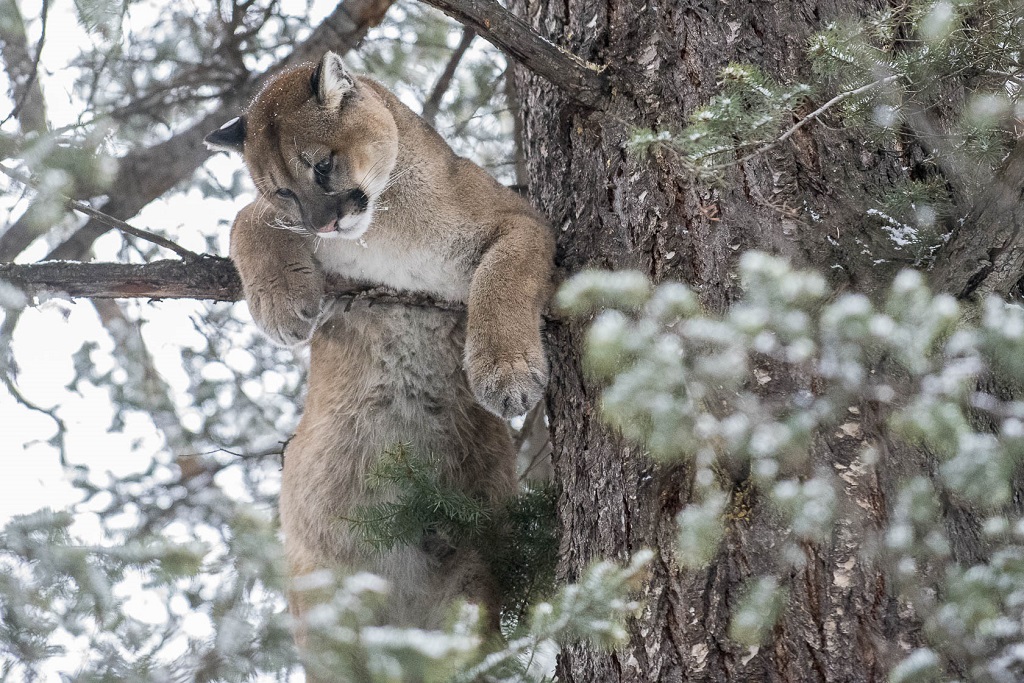
Big cat trophy hunters covet big cats, so it makes sense to accommodate those who hunt to allow for the harvest of male cougars. Yet the 40 cougar quota increase was specifically for female cats. Targeting females is a sure way to cause population decline, which is good if you’re a sheep hunter, I suppose, but this policy directly contravenes the government’s cougar management plan (without consultation, it begs repeating).
The plan’s original goal was to provide mostly male cougars for harvest because it dually satisfies the demand for big cats and has the least impact on the cougar population. It is a co-incidence that while all this is going on, the Wild Sheep Foundation has offered an additional bounty of $1,000 for each female cougar killed?
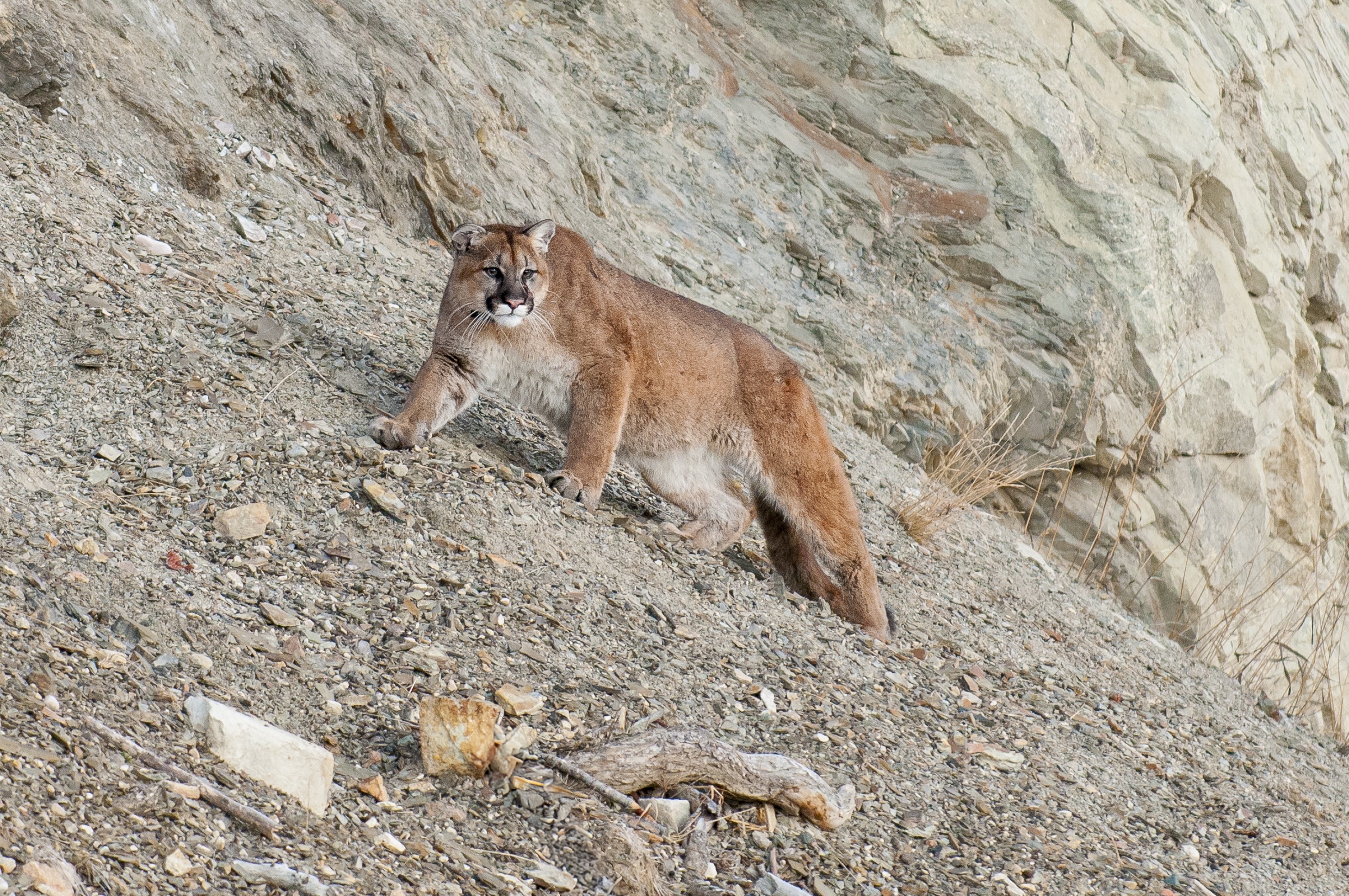
In addition to increasing the kill quota on female cougars, the minister also decreed that hunting will be allowed in provincial parks. This order is a slap in the face to the very idea of protected areas—sanctuaries which provide some insurance against possible population declines in the areas where hunting is allowed.
Why does the minister think that 2,000 cougars in Alberta is a problem? From 2012 to 2019, 2,000 was the official population estimate and no one batted an eye. He mentioned a desire to reduce problem cougars in that same CBC interview, but a quick look at Alberta’s own data shows that problem cougar kills have been declining. Also, a 30-year study of cougars in B.C. has shows that cougar hunting increases conflict with people.
There are several problems with the goal of reducing cougars by 500 animals. First, as mentioned, we don’t have a good idea of how many cougars there are in Alberta. Second, the management plan clearly states that 1,500 cougars is the minimum number required—if we’re below that, we have problems. The minister conveniently switching out this minimum to a maximum, with no consultation or rational, is highly problematic. Any layman can understand that if a key component of a management plan is going to be changed, you need solid evidence and should undergo proper consultation (as was done in 2012). Because Loewen won’t return anyone’s calls on the subject, we have no idea where the new estimate of 2,000 cougars even comes from.
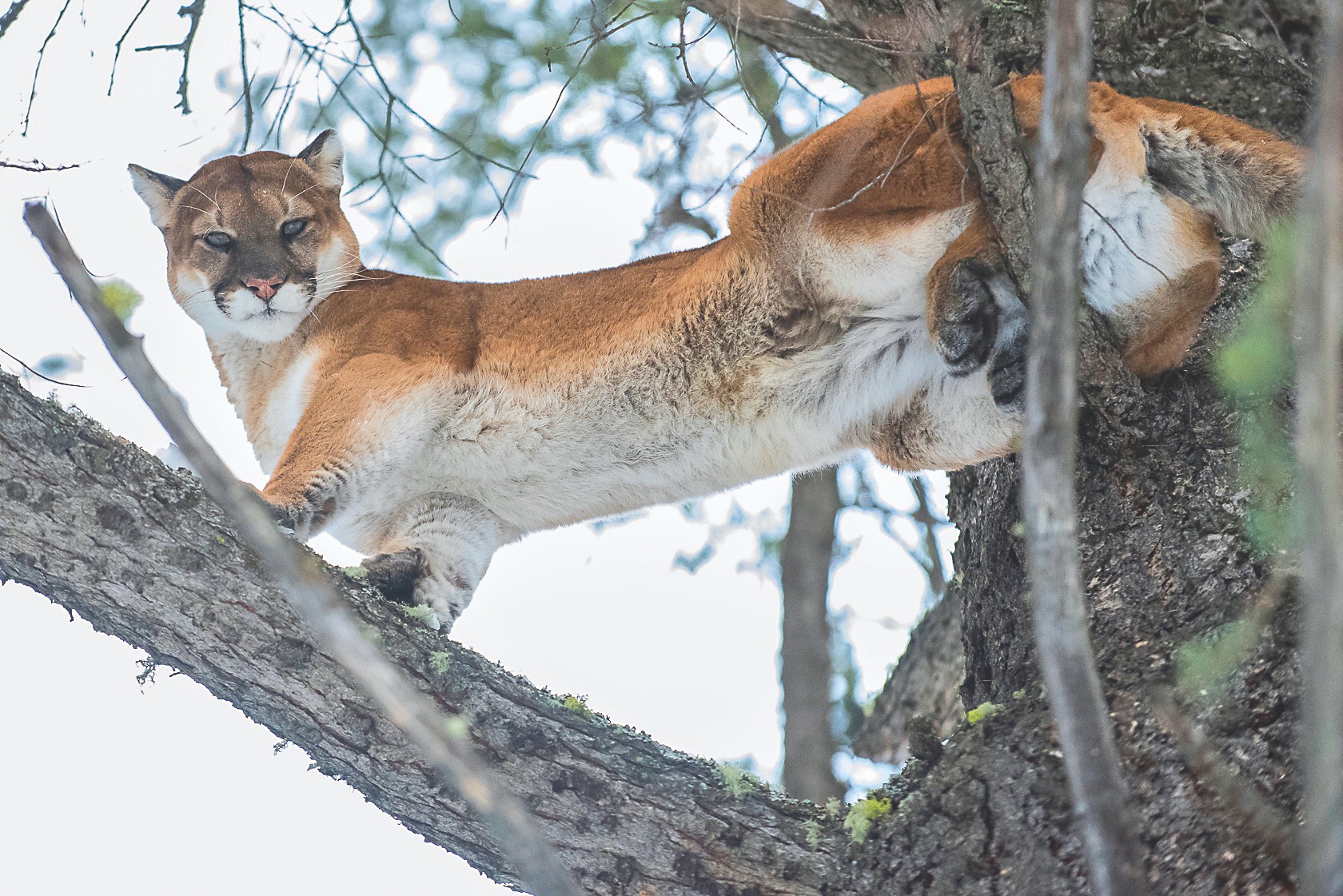
But we can guess. Until recently, Loewen owned an outfitting business. And although he has divested himself of any shares in the company (and has been cleared by the ethics commissioner, according to him), the company is still operated by his wife and their son.
Since June of 2023, Loewen has instituted a grizzly bear hunt, completely removed trapping quotas from wolverine, otter, lynx and fisher, and has now significantly increased the cougar kill quota.
“It generally indicates they are going above and beyond their biologists when they made ministerial orders like this,” Marriott told Real Talk on February 13.
And by not getting back to reporters asking questions on behalf of the public, Loewen is clearly not bothering to consult the average Albertan.
How much pressure was there to institute these wide-ranging and drastic changes to wildlife management? Is this just currying favour with the UCP’s rural voting block? Or is it even more nepotistic than that? If Loewen has better reasons, as Marriott says: show us the science.
Apparently, he can’t. So how about, instead of letting trophy hunters have their way with Alberta’s apex predators, let’s instead take aim at unaccountable wildlife management and non-transparent, poor government.
Contact the Minister and let him know how you feel about how he’s managing cougars in Alberta.
To learn more about John E. Marriott’s conservation efforts, including the current plight of the two orphaned cougar kittens, follow him on Instagram and check out his wildlife conservancy, Exposed.
Mark Bradley – with files from Bob Covey // info@thejasperlocal.com


